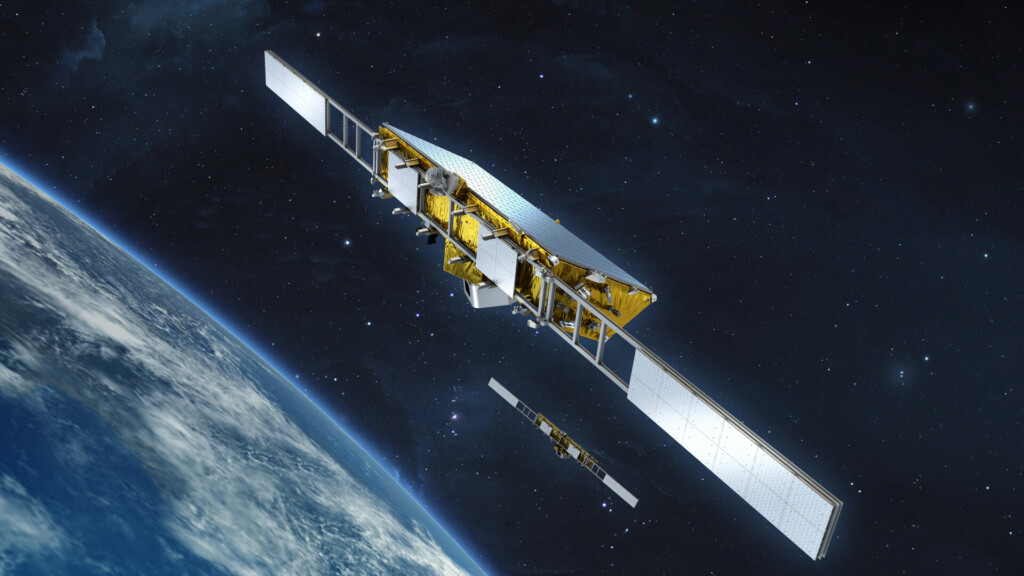The TIR tech will enable observation of small-scale movement and deformation fields of the ocean surface, glaciers and other geological features

ABB has been selected by OHB System AG, a German space technology company, to design and build thermal infrared payloads for the European Space Agency’s (ESA) Earth Explorer Harmony satellites, set to launch in 2029. The advanced payloads will enable the satellites to collect critical environmental data, including sea surface temperatures, cloud motion and the positioning of clouds, with a level of accuracy that will significantly aid in climate science and weather forecasting.
The Harmony mission aims to enhance our understanding of the Earth’s climate and environmental dynamics. ABB’s multispectral thermal infrared (TIR) instruments, including its multiview TIR technology, will measure radiometric precision—the accuracy of infrared temperature readings compared to the true surface temperature. These measurements will play a key role in improving climate models and forecasting extreme weather events, such as hurricanes. Additionally, the data collected will help assess geohazards, providing valuable insights into seismic and volcanic activity by detecting subtle shifts in the land surface.
The satellites will also help researchers understand how upper-ocean heat exchanges influence weather patterns and contribute to long-term climate changes. One of the mission’s unique contributions will be its ability to track ice loss from glaciers, which has implications for rising sea levels. The thermal infrared payloads, combined with synthetic aperture radar (SAR) data from the Sentinel-1 satellite, will give a comprehensive view of Earth’s surface and atmosphere, offering more accurate information about ocean temperature, cloud movements, and climate change drivers.
“Harmony will provide critical data that will help advance Earth system science and climate research,” said Florence Hélière, Harmony Project Manager at the European Space Agency. “The expertise and reliability of industrial partners like ABB are crucial for ensuring the success of this mission and its ability to deliver valuable insights on time.”
ABB’s selection for this high-profile mission highlights the company’s long-standing expertise in infrared sensor technologies. “We’ve worked with OHB on multiple space programs and know ABB’s capabilities are second to none,” said Agustina Alvarez Toledo, Harmony Project Manager at OHB System AG. “We’re excited to collaborate again on this project to help support the global scientific community.”
The Harmony satellites will operate in tandem with the Copernicus Sentinel-1 satellite, with their configurations changing throughout the mission. The combination of radar and thermal infrared imagery from the satellites will provide a more detailed and dynamic understanding of Earth’s climate system. ABB’s advanced sensor technologies will play a critical role in achieving the mission’s goal of supporting sustainable and resource-efficient solutions for understanding and mitigating climate change.



